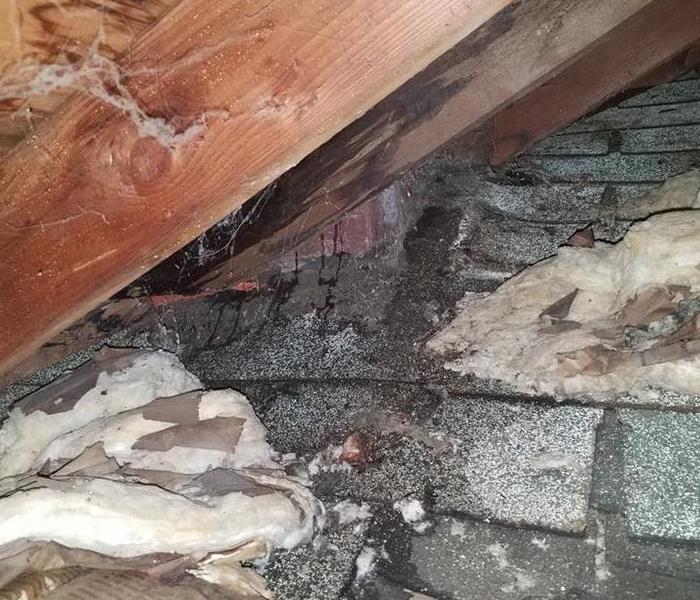Water mitigation vs. Water Damage Restoration
3/7/2023 (Permalink)
Water damage can cause major issues in your home, but it’s not always easy to determine how you should proceed. Most people assume they need water mitigation services, but what if they are actually experiencing water damage? How do you know which one is right for you? The difference comes down to timing and the extent of the damage.
Experienced Water Damage?
If you have experienced water damage, you may be feeling overwhelmed. It can be difficult to know where to start and what your options are. You might not know who to call or what the process is for getting things back on track after a leaky pipe or burst pipe has wreaked havoc on your home.
In this guide, we'll discuss what causes water damage and how it affects your property so that you can better understand the situation at hand and make more informed decisions about how to move forward. We'll also go over some tips for mitigating water damage in the future so that you don't have to deal with this issue again!
How to proceed?
When dealing with water damage, there are many factors to consider. It is important to know what you are dealing with and how much time you have. This will help determine your options. Additionally, it is important to understand the extent of the damage and whether or not it can be repaired or must be replaced.
It is crucial for homeowners who experience any kind of flooding, whether due to storm surges, high tides after heavy rains fall on coastal areas to contact a restoration company immediately at the first sign of water loss.
Water Mitigation or Water Damage Restoration
If you’re wondering whether you need water mitigation or water damage restoration, the answer is both. The best way to protect your home and belongings is through a proactive approach that includes both water mitigation and water damage restoration.
Water mitigation involves taking steps to prevent damage from happening in the first place. Water mitigation can include sealing off areas where leaks might occur, installing sump pumps, or using flood alarms to sound an alarm when it detects moisture buildup in certain areas of your home. Water damage restoration is a reactive measure which means that it takes place after the initial source of moisture has been removed. In this process, technicians clean and dry out your home so that any remaining moisture does not cause further damage
How do I know which one to Choose?
When it comes to water damage restoration vs. mitigation, there are some key differences. Both processes will help you get your home back to livable condition, but only one of them is a permanent solution. Your choice depends primarily on the type of damage present and how quickly you need to get things back in order.
Water mitigation is a temporary solution used to remove any standing or pooled water from your home so that it doesn't continue causing issues like mold growth or structural damage over time. This process typically uses air movers and dehumidifiers that dry out rooms with fans pushing air through them at high speeds while also extracting moisture using powerful vacuums designed specifically for this purpose
Water Damage Restoration is done AFTER Water Mitigation has removed all possible sources of standing water from your property after flooding events have already occurred.
The most important thing to remember is that this isn’t an either/or decision. You can work with a company that offers both water mitigation and water damage restoration services. It is often best if you do so because they have the expertise and resources needed to help you recover from any type of flood damage—whether it’s minor or major.






 24/7 Emergency Service
24/7 Emergency Service
